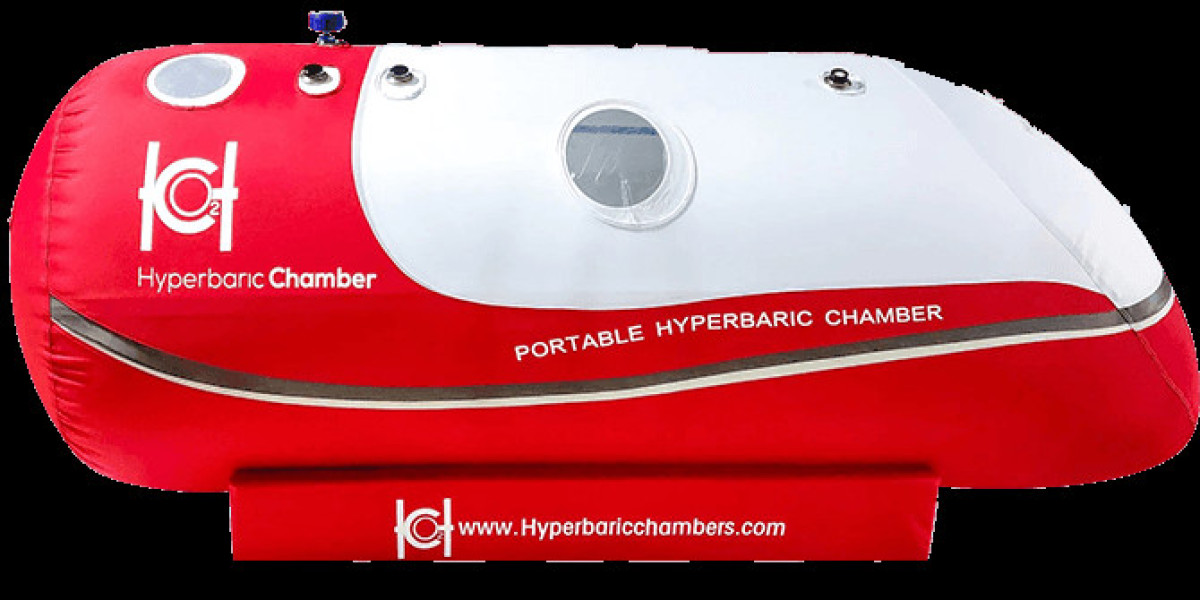The Science Behind Hyperbaric Oxygen Therapy
During a hyperbaric oxygen therapy session, the pressure inside the chamber is increased to two or three times higher than atmospheric pressure, which allows the lungs to gather more oxygen than would be possible at normal air pressure. This oxygen is then carried throughout the body via the bloodstream, reaching areas that are difficult to access under normal conditions. The increased oxygen levels help to promote the growth of new blood vessels, reduce swelling, and enhance the body's ability to fight off infections.
Benefits of Hyperbaric Oxygen Therapy for Recovery
Athletes and fitness enthusiasts have been turning to hyperbaric oxygen therapy to speed up their recovery time after intense training sessions or competitions. The enhanced oxygen delivery to muscles and tissues can help reduce muscle soreness, improve muscle repair, and decrease the risk of injuries. Additionally, HBOT has been shown to increase the production of stem cells, which play a crucial role in tissue regeneration and repair.
Hyperbaric Oxygen Therapy for Performance Enhancement
Aside from its recovery benefits, hyperbaric oxygen therapy has also been touted for its potential to enhance athletic performance. By increasing the oxygen supply to the muscles, HBOT can improve endurance, stamina, and overall physical performance. Athletes who undergo regular HBOT sessions may experience faster recovery between training sessions, allowing them to push their limits and achieve new personal bests.
Applications of Hyperbaric Oxygen Therapy in Sports Medicine
Hyperbaric oxygen therapy is being increasingly utilized in sports medicine to treat a wide range of conditions, including tendon injuries, ligament sprains, stress fractures, and concussions. Many professional sports teams have integrated HBOT into their training regimens to help their athletes recover faster and stay in peak condition. Additionally, HBOT has shown promise in reducing the symptoms of traumatic brain injuries and speeding up the healing process in cases of post-concussion syndrome.
Considerations and Precautions
It is important to note that hyperbaric oxygen therapy is not without risks, and should only be administered under the supervision of trained healthcare professionals. Some potential side effects of HBOT include ear barotrauma, sinus congestion, and oxygen toxicity. Individuals with certain medical conditions, such as untreated pneumothorax or recent ear surgery, may not be suitable candidates for HBOT. It is crucial to undergo a thorough evaluation and discuss any potential risks with your healthcare provider before starting hyperbaric oxygen therapy.
Conclusion
Hyperbaric oxygen therapy holds great promise as a safe and effective modality for enhancing recovery and performance in athletes and individuals with various medical conditions. By harnessing the power of increased oxygen levels, HBOT can promote healing, reduce inflammation, and improve overall well-being. As research in this field continues to evolve, hyperbaric oxygen therapy is likely to play an increasingly significant role in sports medicine and rehabilitation programs. However, it is essential to approach HBOT with caution and seek guidance from healthcare professionals to ensure its optimal and safe use.








